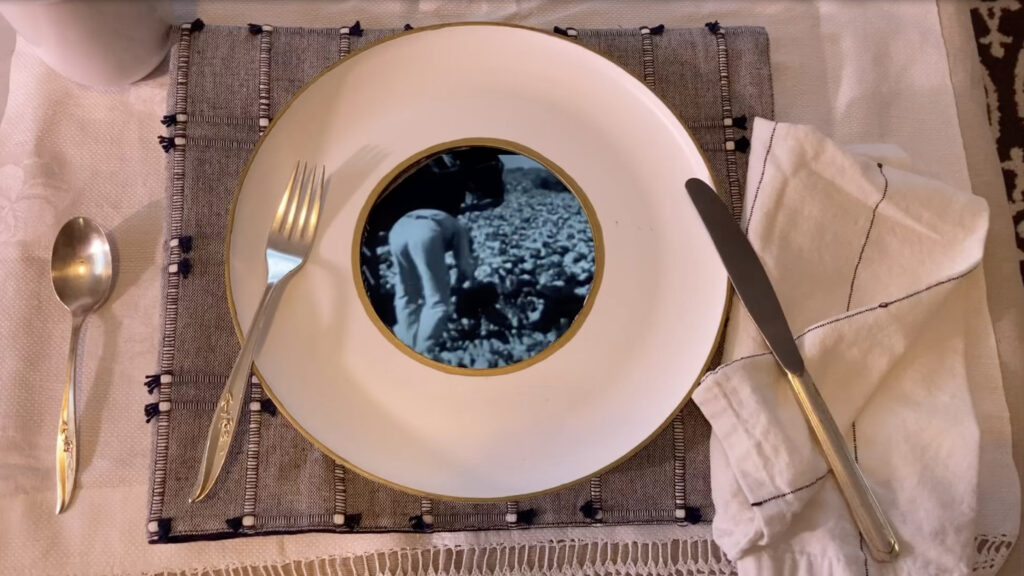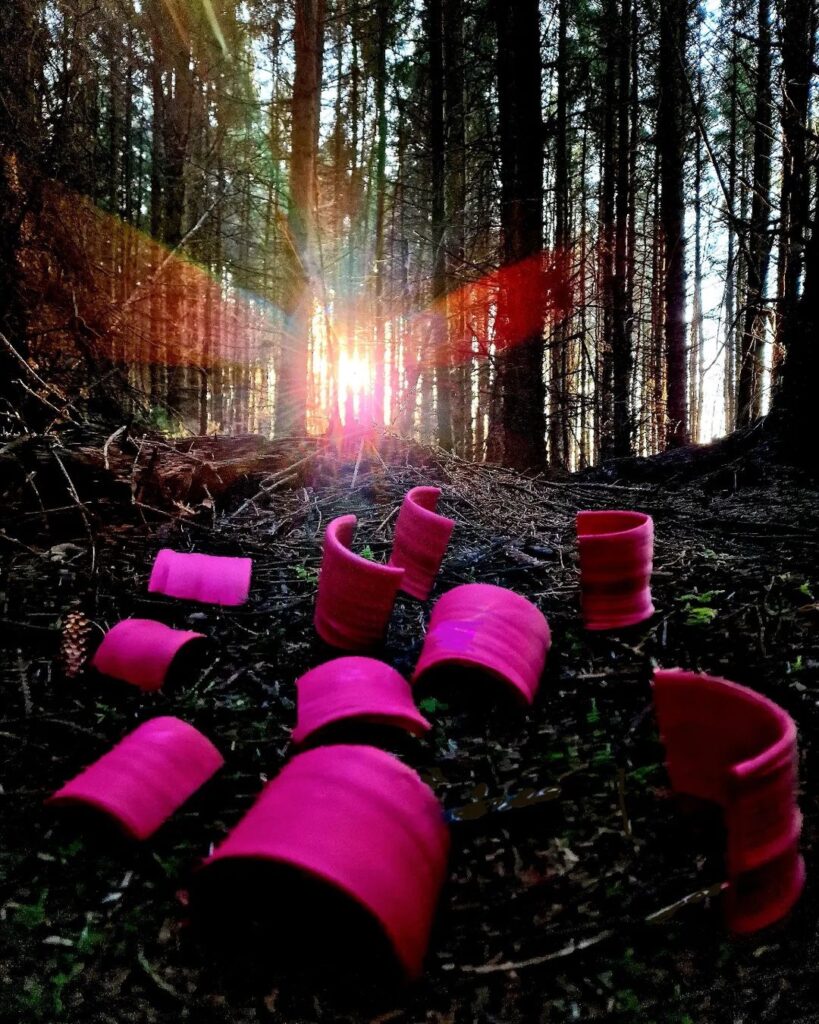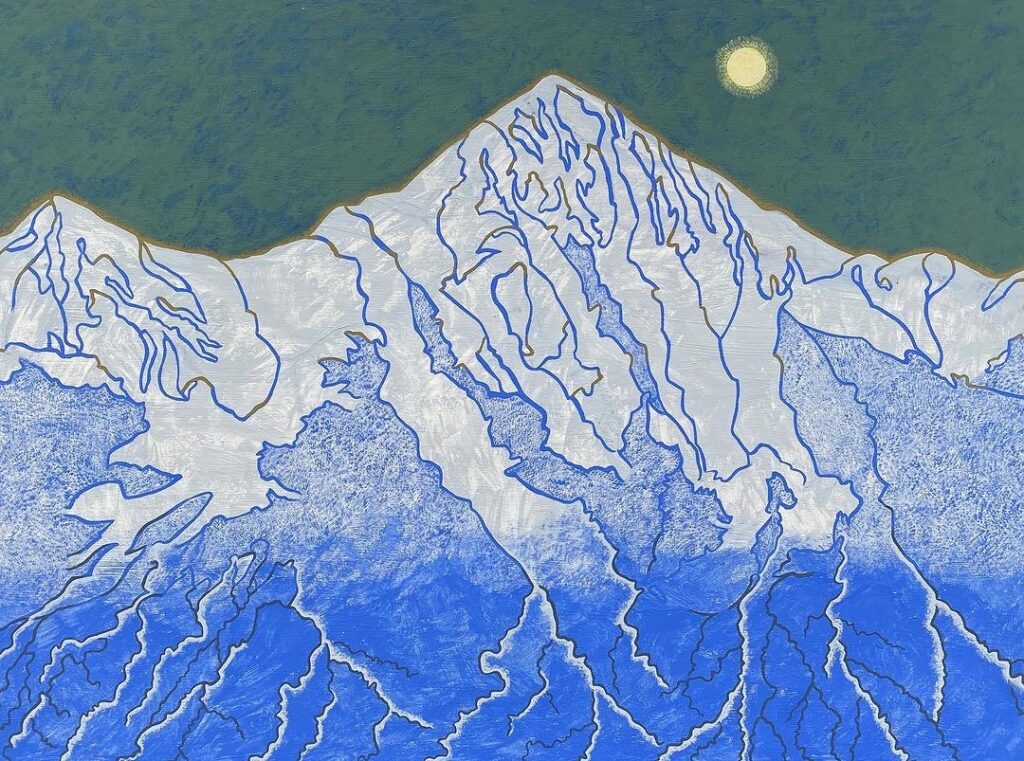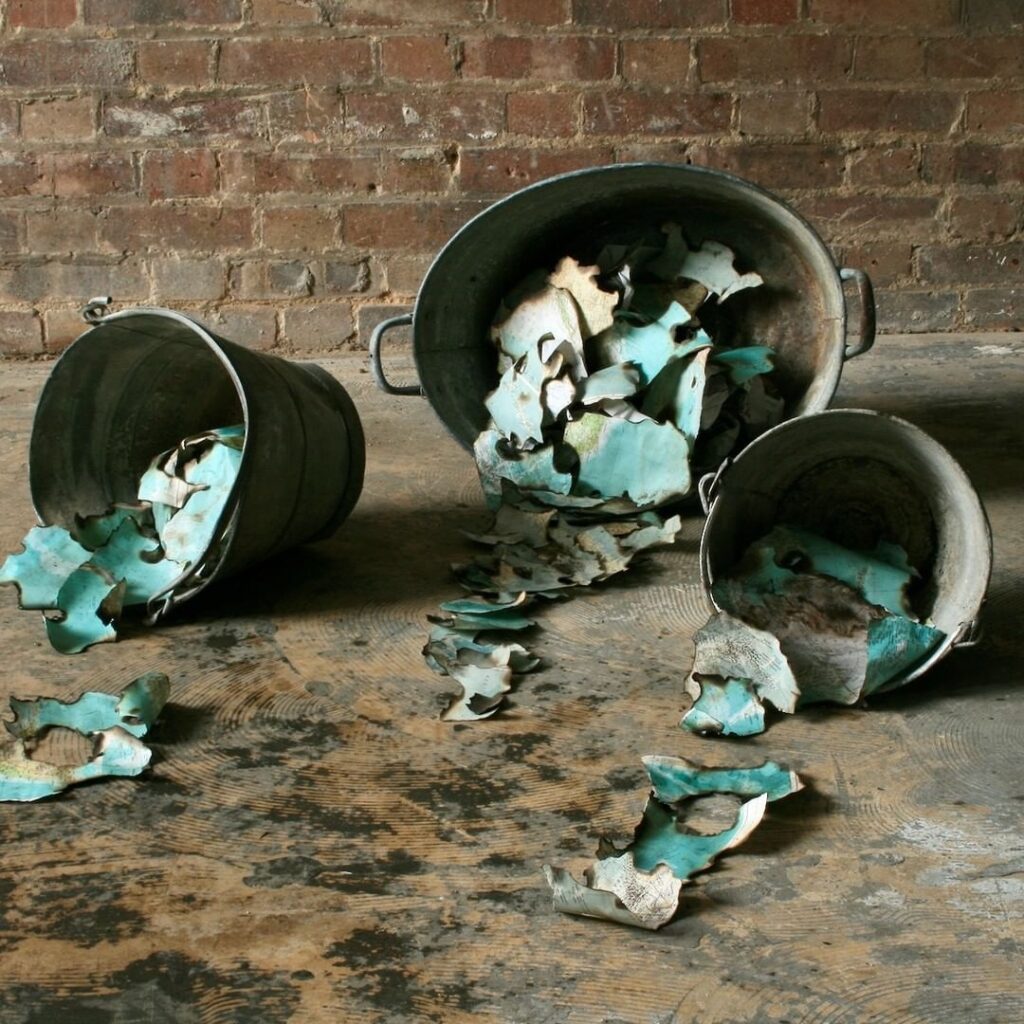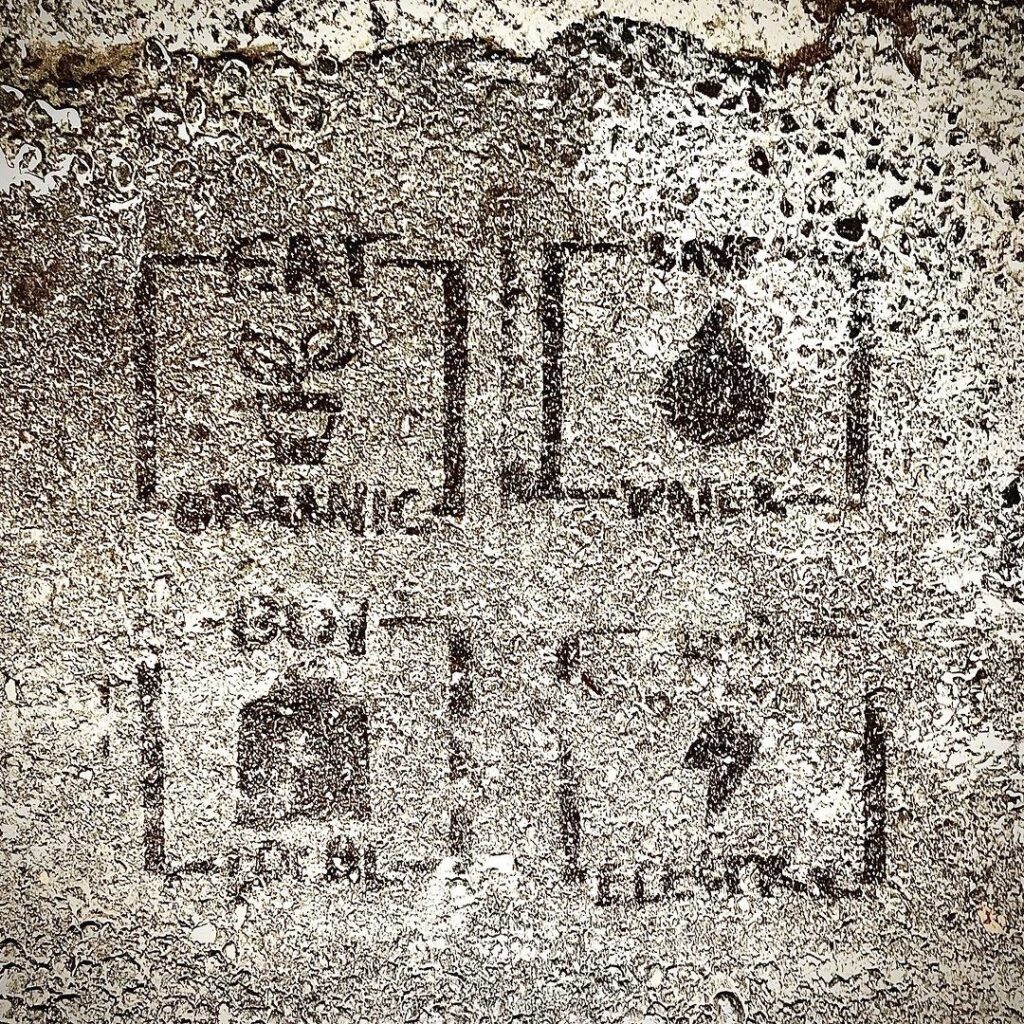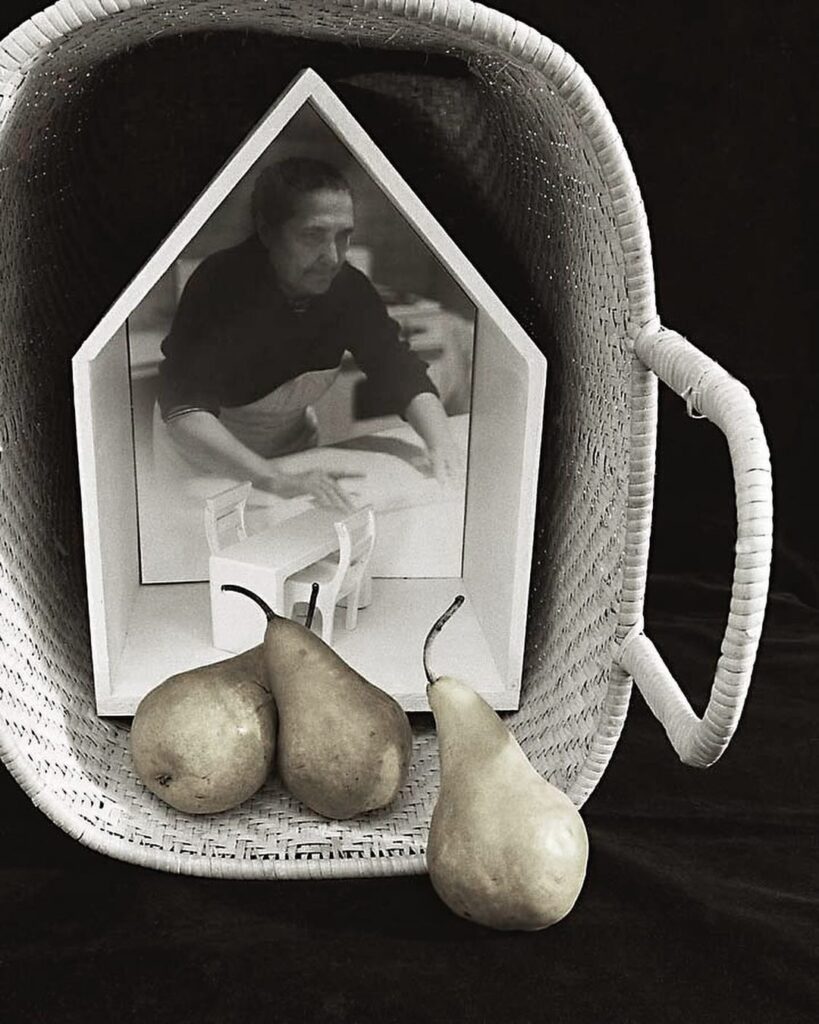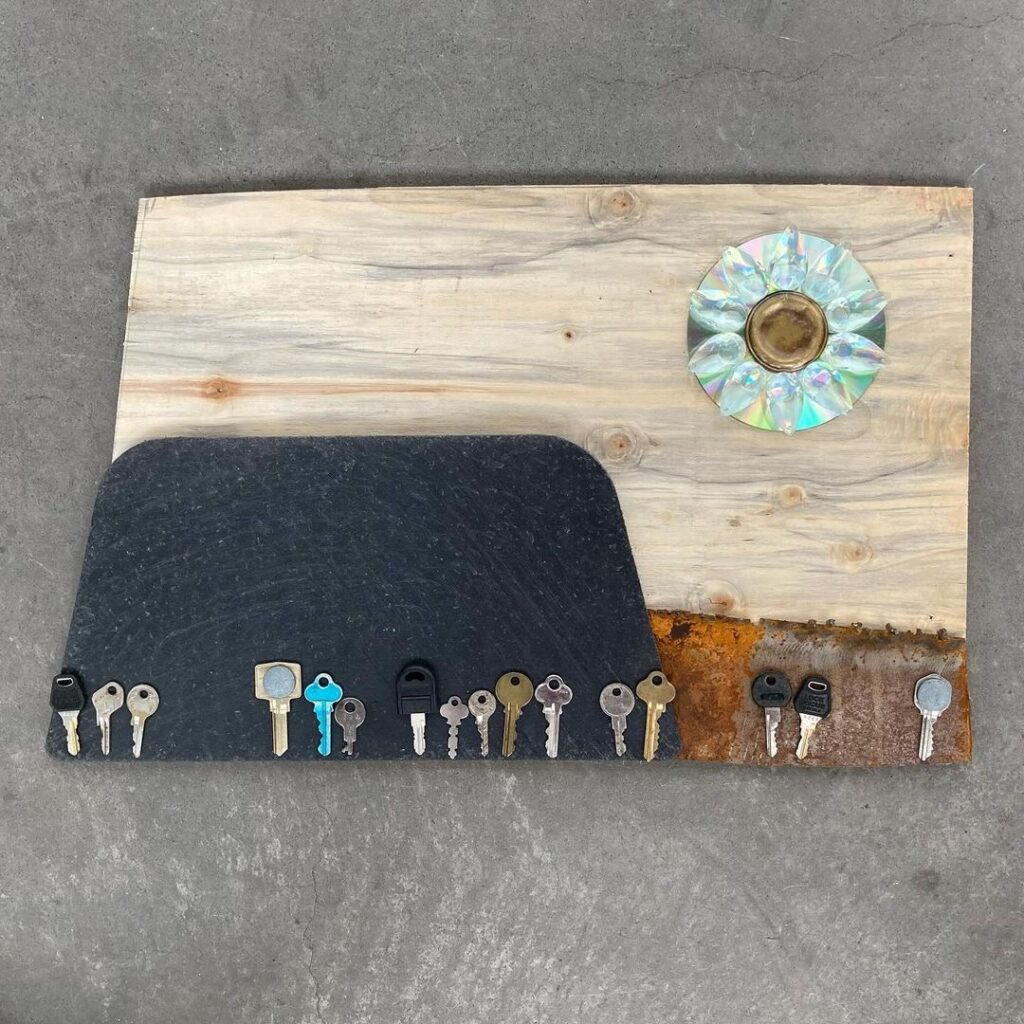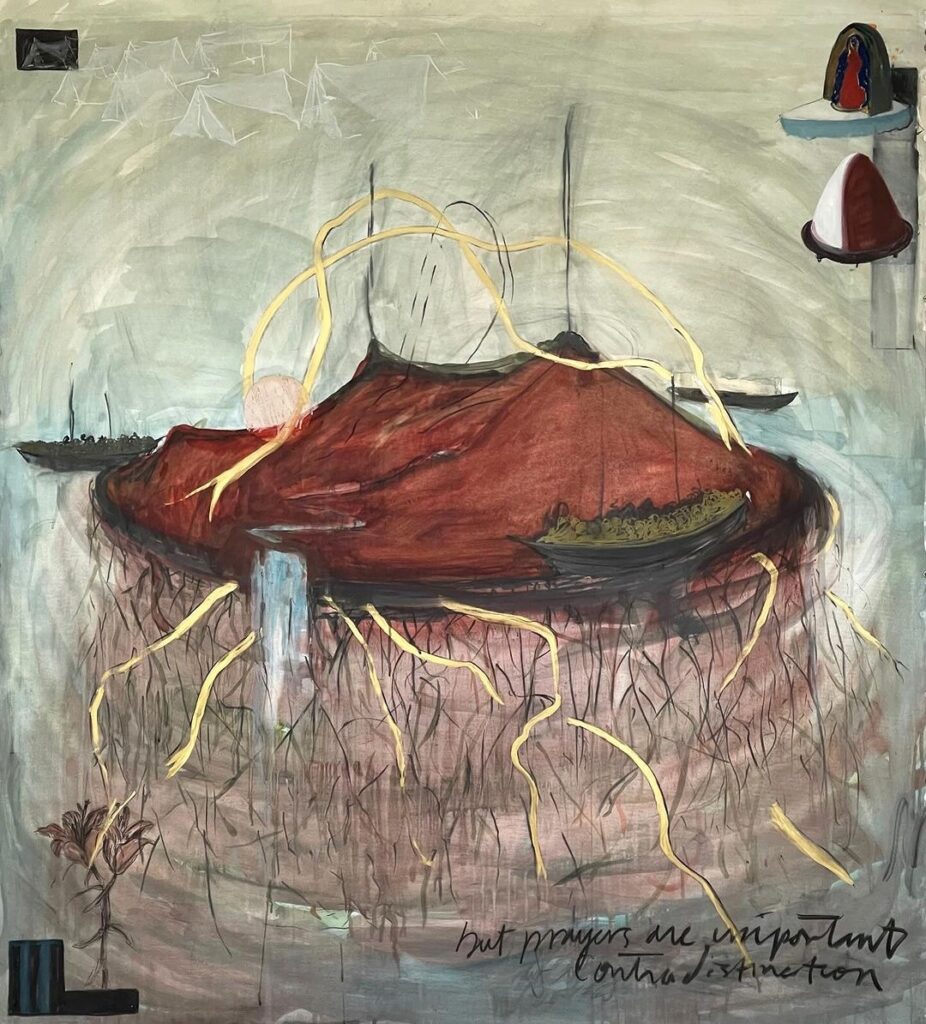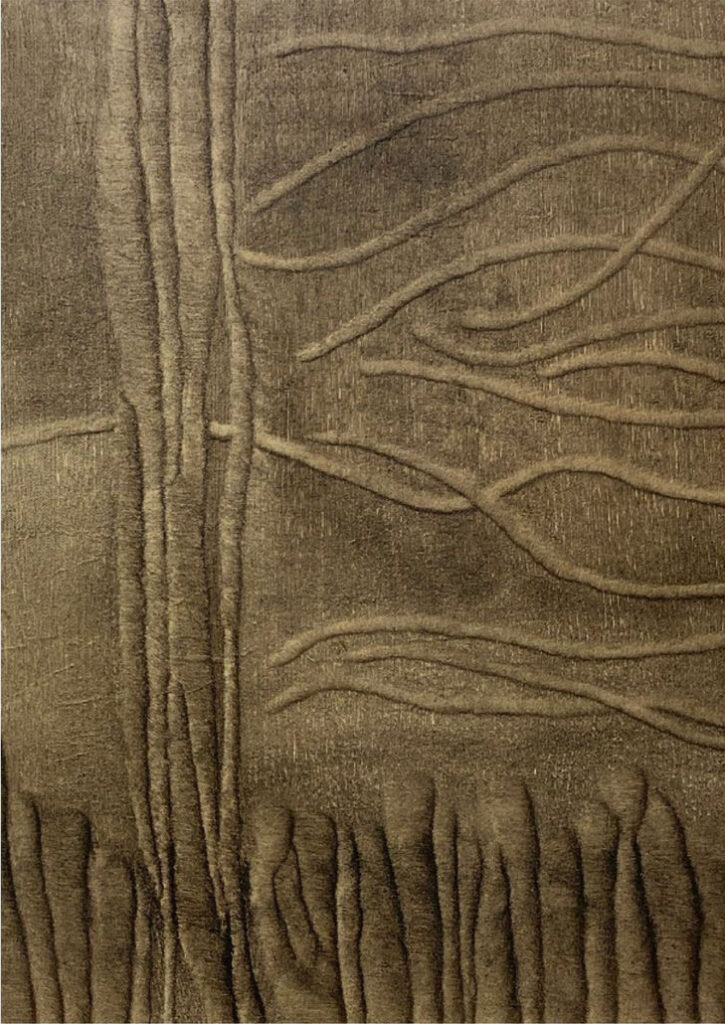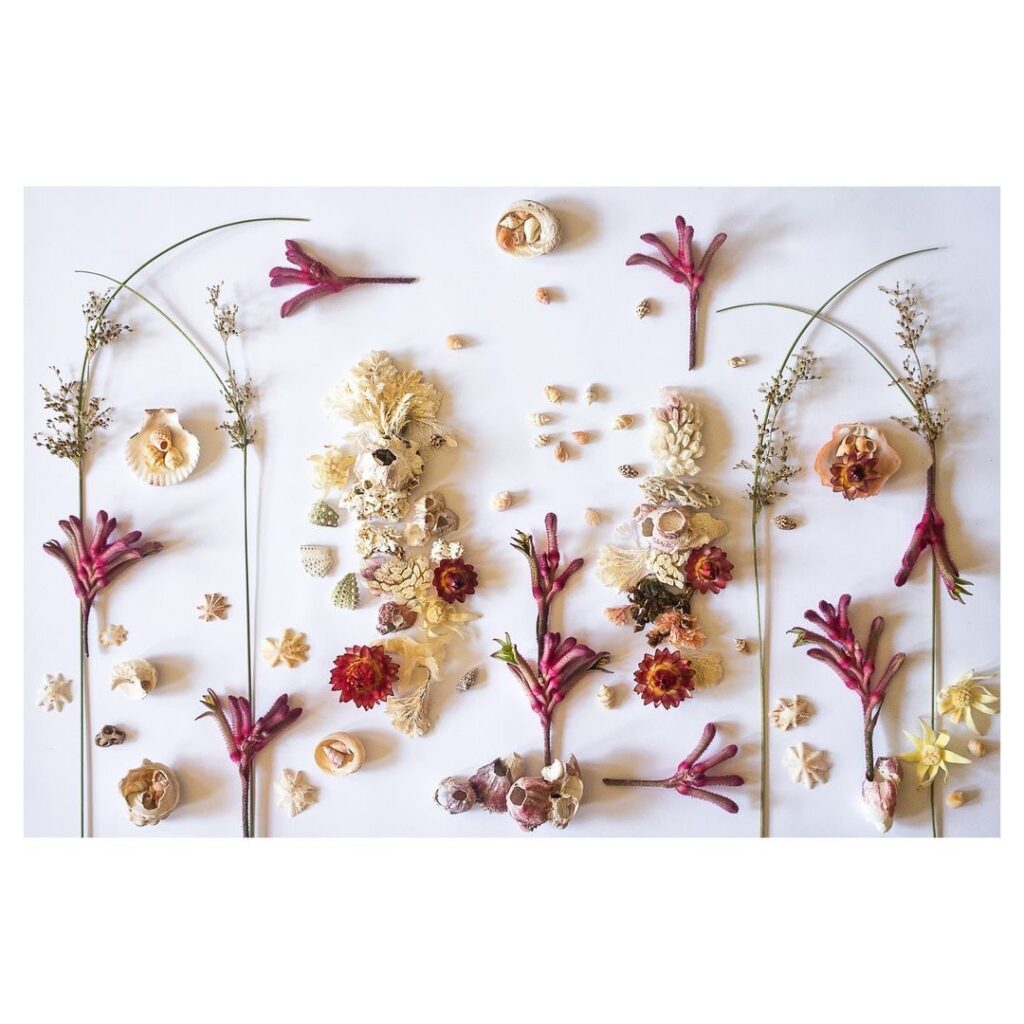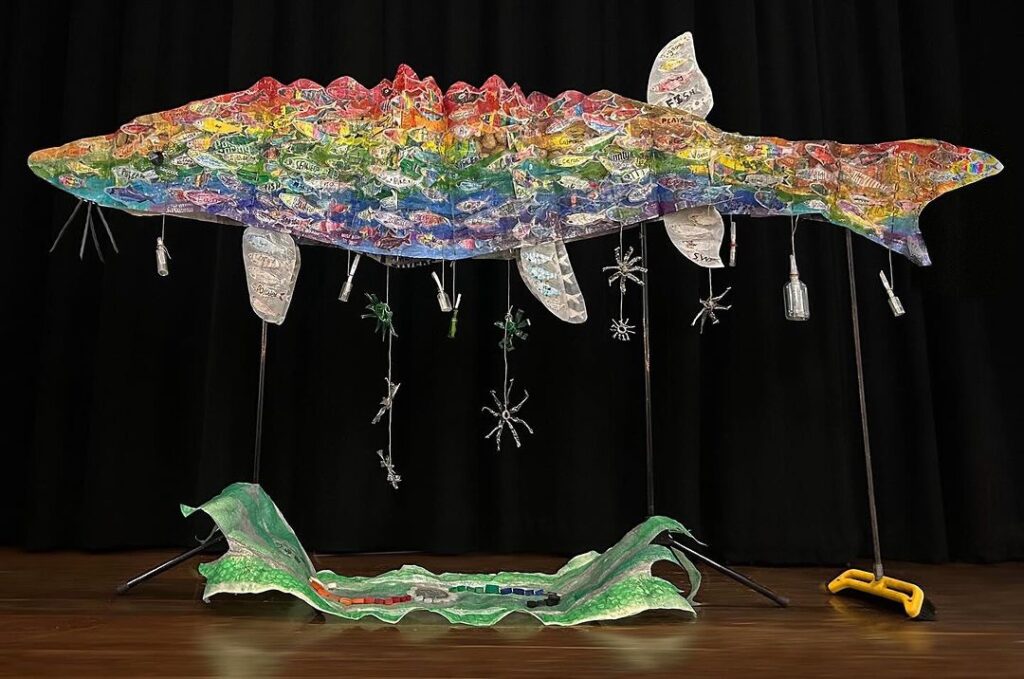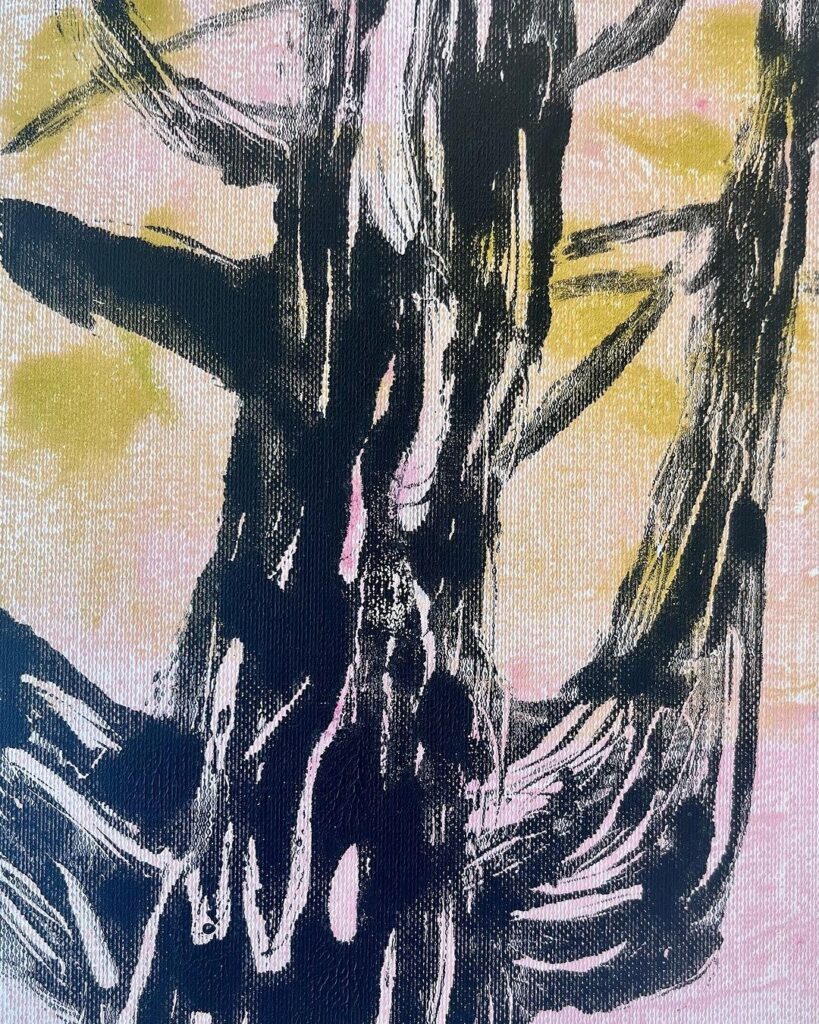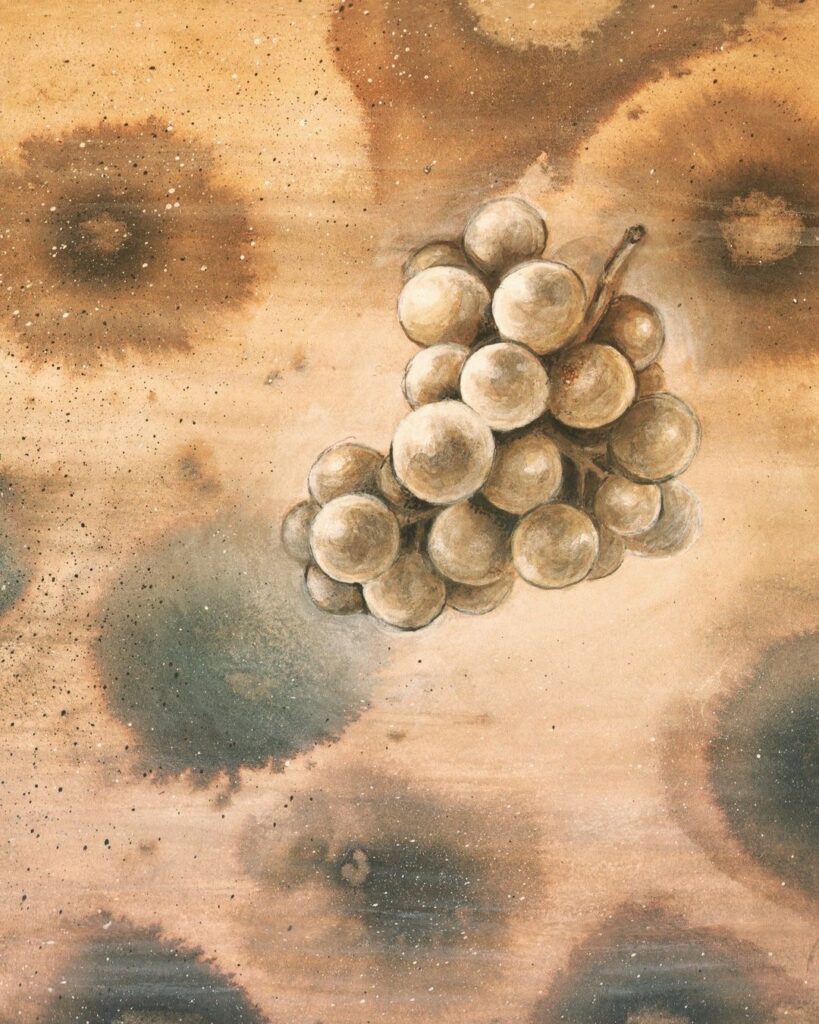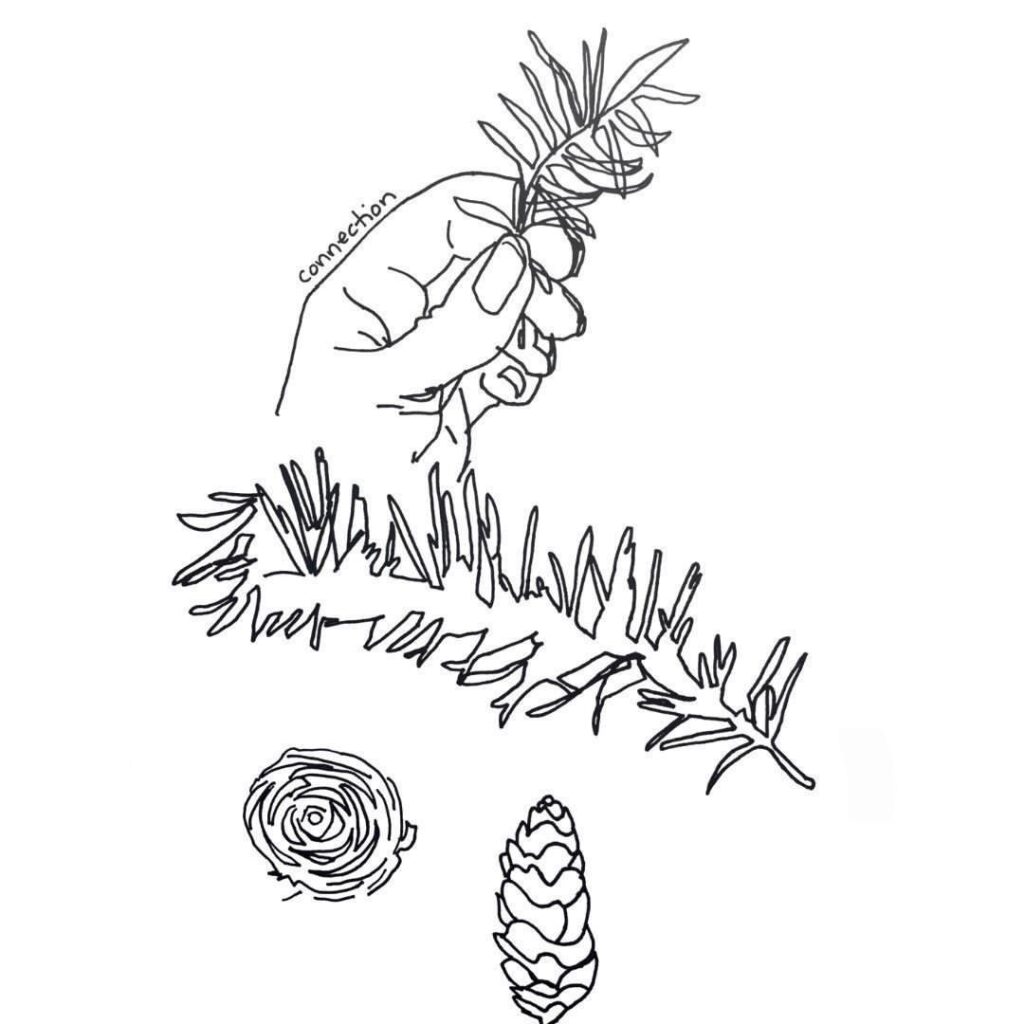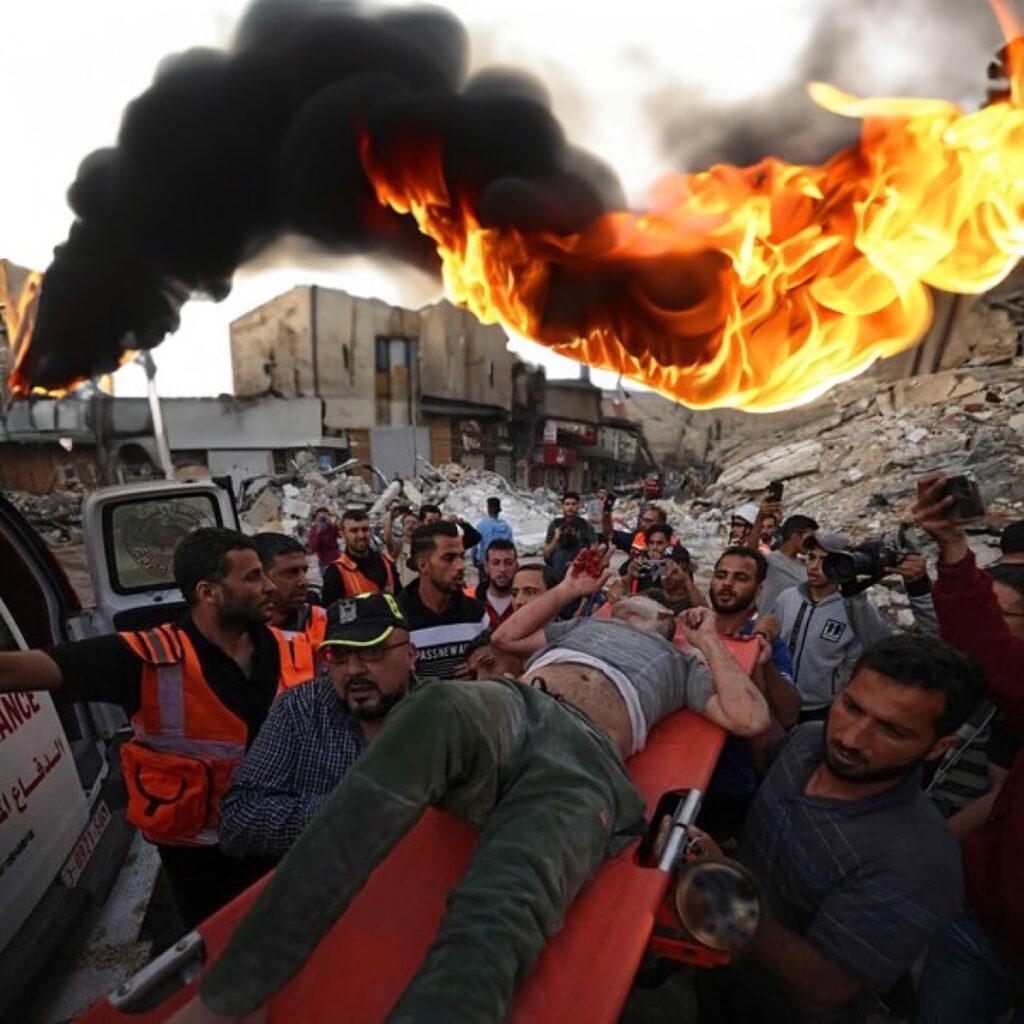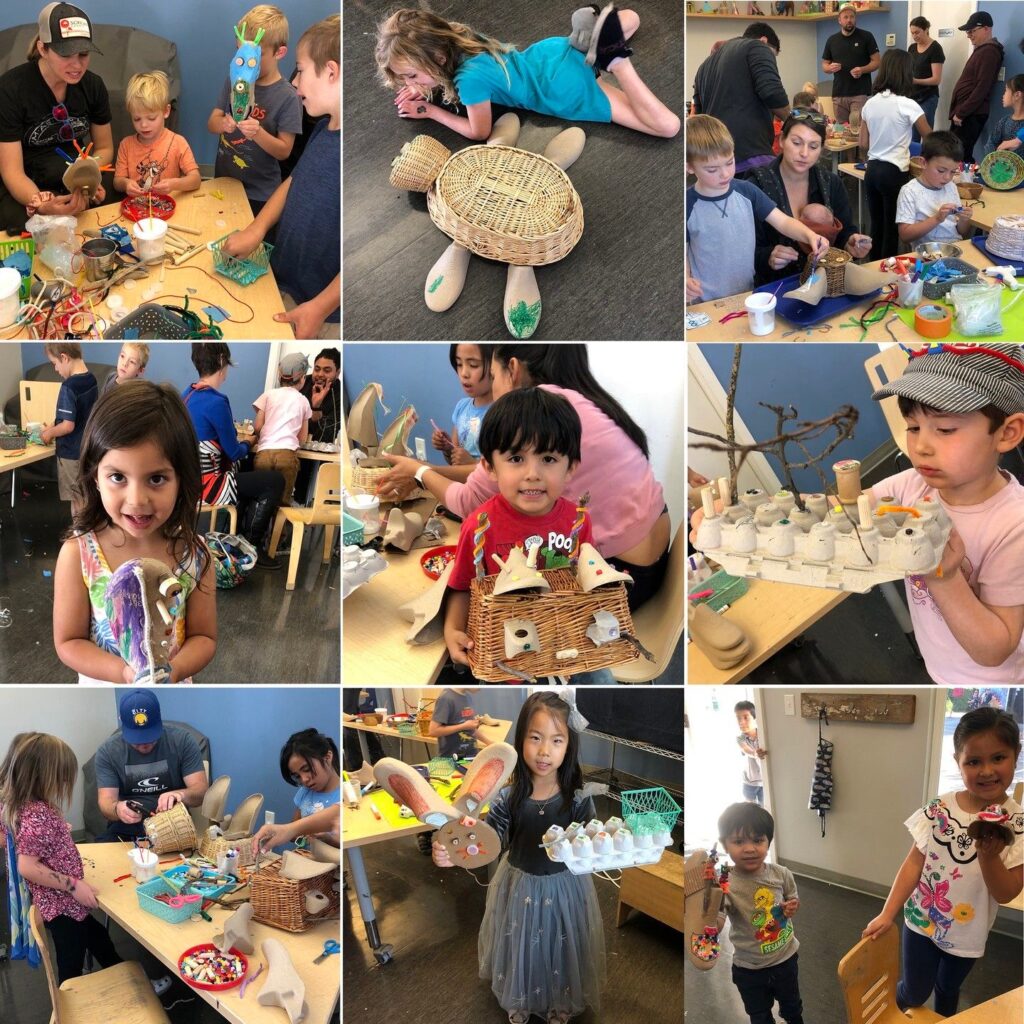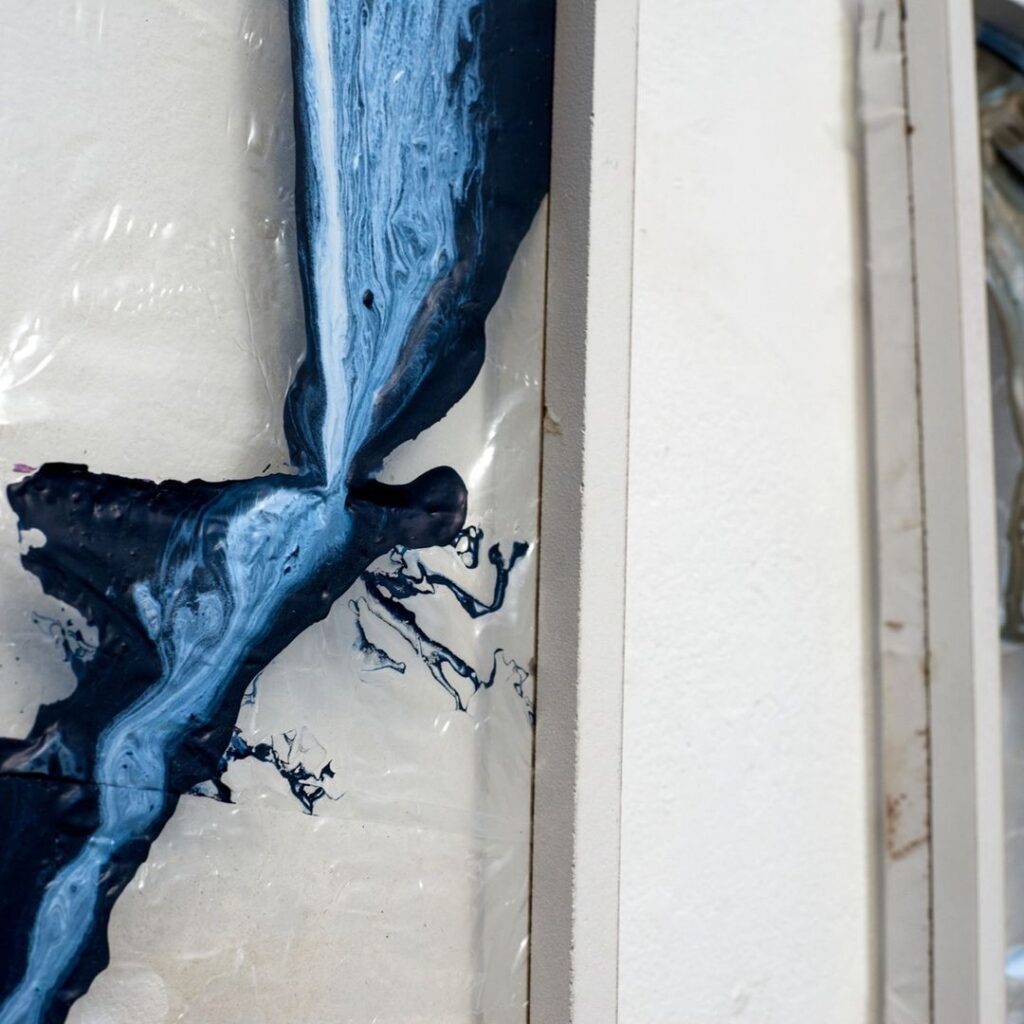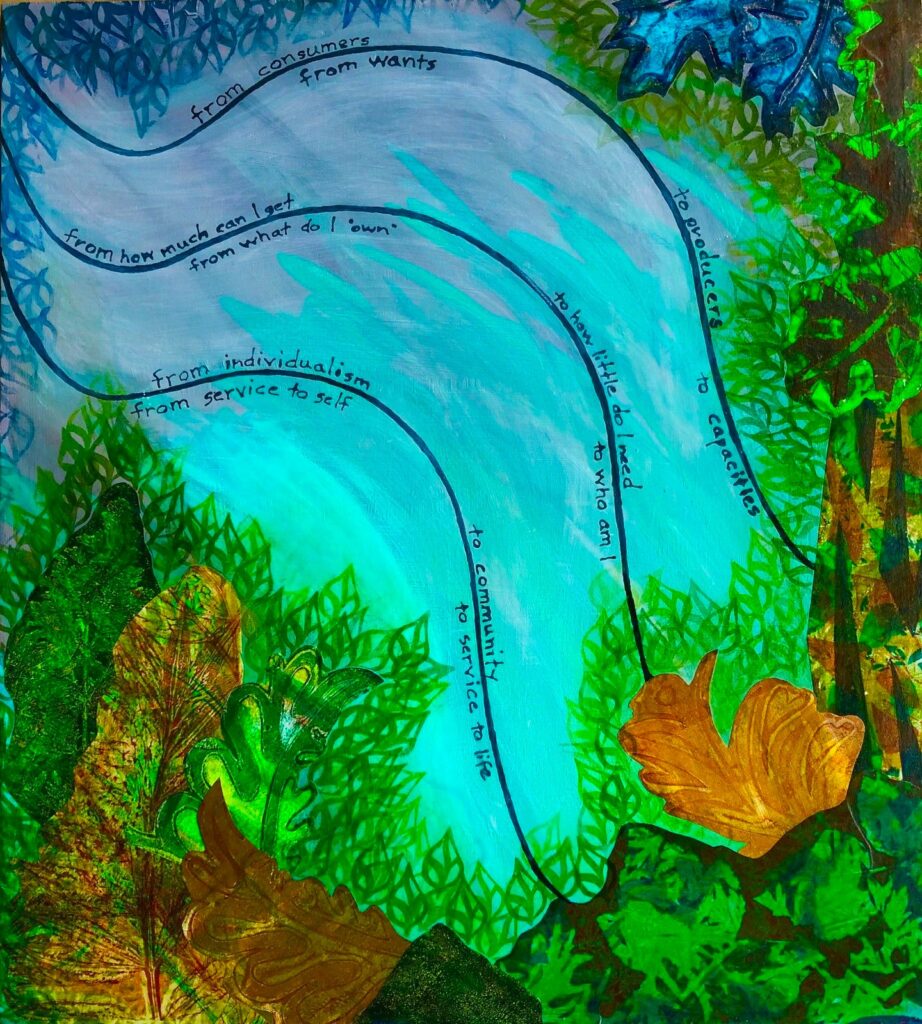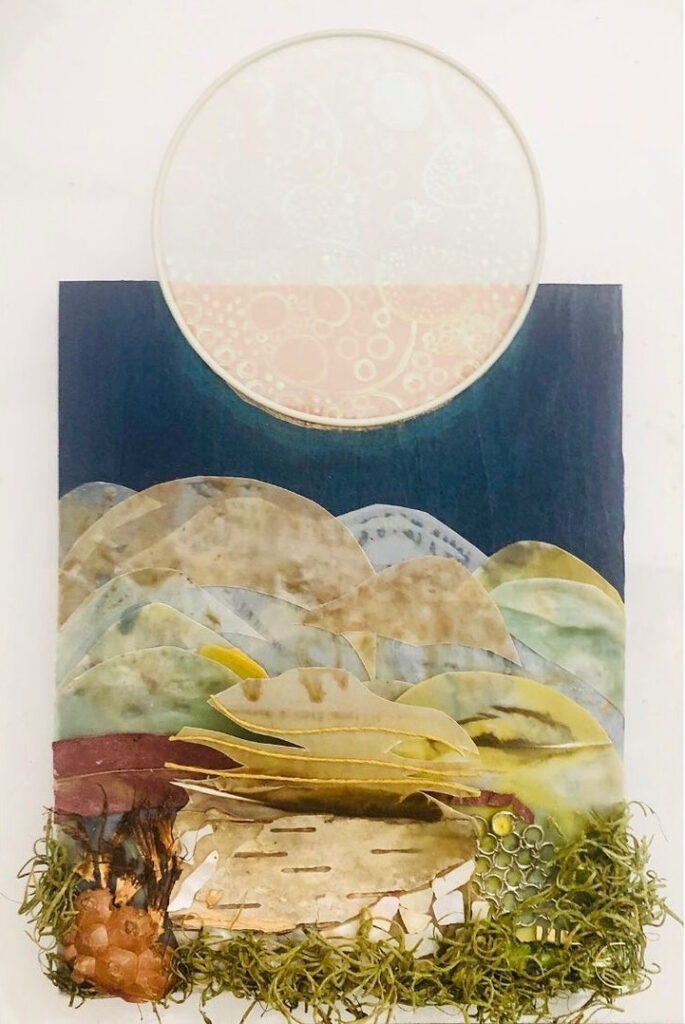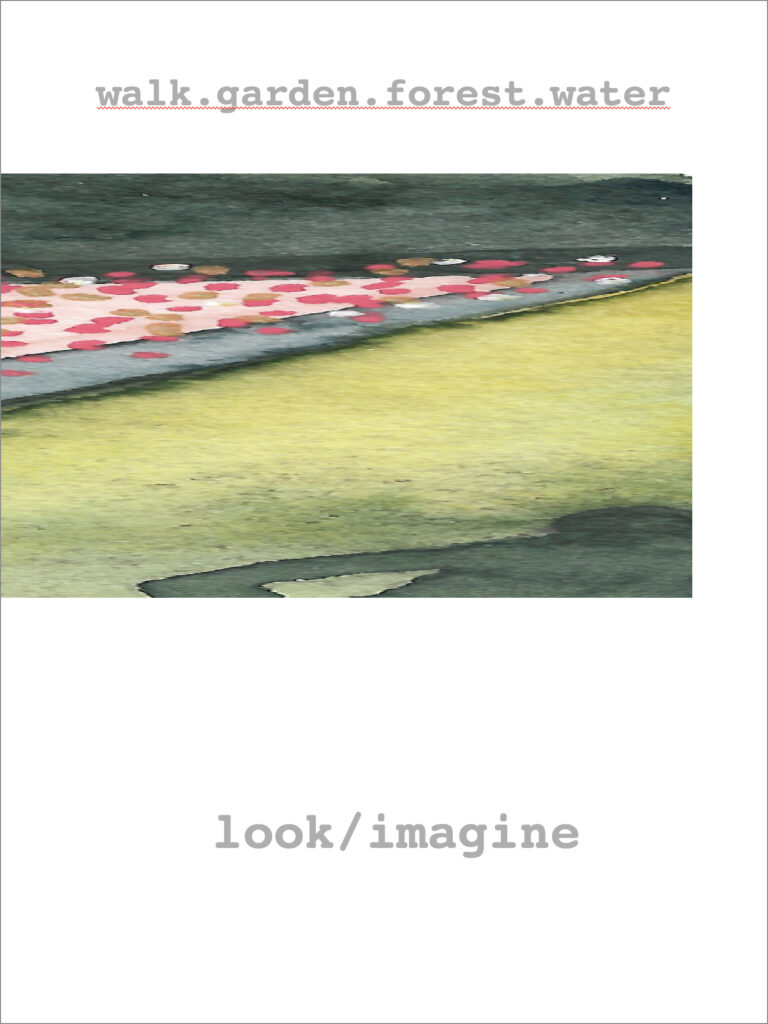“Building community resilience starts with people: Their energy, interests, needs, and creativity.” ~Richard Heinberg.
These arrangements tell of the movement of the ocean within an 11:11 that has now transitioned into a ‘Temple for Nature.’
The theme: The movement of the ocean: Rockpools and different life forms brought together by the movement of tides and the life forms themselves Can also be seen as individuals who were once content to ‘do their own thing’ now realize the need for co-creation at a grassroots community level so that, in the words of Zach Bush: Humanity is called back into alignment with Nature.
The more we lean into designing our personal and professional lives around nature’s natural rhythms, the more ‘in flow’ and, ultimately, productive we will become. ~Zach Bush. The Institute of Natural Law.
In the early arrangements of this series, the isolated fragments from land and sea (the individual) with white space around them have gradually come together as organic clusters (communities founded on earth-based values) still with the same white space around their groupings.
I’m starting to see that the white space represents ‘The Peace of the Universe which transcends all understanding’ ~ Supporting both our sovereignty and community resilience.
Also, surprisingly, These pieces connect to collage work I did in the early 2000s featuring the 11:11 ~ Only the 11:11 is far more subtle now.
